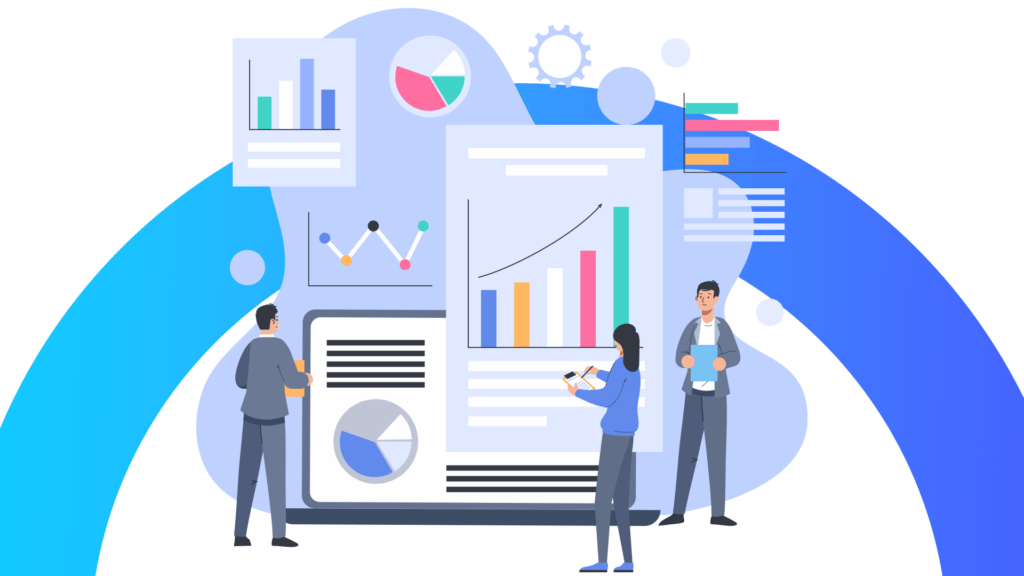Have you ever wondered how much of the technology you rely on for your routine tasks? The key lies in automation. Whether you’re aware of it or not, industrial automation has been revolutionizing our world for decades.
What is industrial automation?
Industrial automation utilizes computer software and robotics to manage machinery and processes, replacing the need for human intervention from specific functions. These functions primarily focus on manufacturing, quality control, and material handling processes.
Industrial automation is frequently linked with the “fourth industrial revolution,” commonly referred to as Industry 4.0. This revolution encompasses the advancement of the Industrial Internet of Things (IIoT). Industry 4.0 collaborates with IIoT, industrial software, and hardware to enhance manufacturing processes through internet-enabled devices. The ultimate goal is to establish a manufacturing platform that is more reliable, consistent, and efficient.
Brief history of industrial automation
The history of industry automation can be traced back to the late 1800s with much humble beginnings; simple conveyor belts pulling parts through an assembly line. Machines performed basic tasks and work that reduced manual labor.
Today, automated industries encompass a wide array of machines, actuators, sensors, processors, and networks designed to interconnect within industrial settings. From PLCs and AI to Machine Learning and IIoT platforms and devices, modern industrial automation is honing in on the most effective ways to leverage technology. The following sections will introduce industrial automation, its various types, and the benefits it brings, which are propelling global industries forward, expanding markets, and reshaping competition.
Initially, the primary objectives of industrial automation were centered around enhancing productivity by extending working hours and reducing the costs associated with maintaining a large human workforce. However, over time, these goals have gradually shifted towards a greater focus on enhancing quality and flexibility.

Types of industrial automation systems
Ranging from a conveyor belt to advanced AI and Machine Learning systems, it is important to understand the types of industrial automation to pinpoint where each technology will find the greatest benefit. Not every solution or trend will fit your application or goals.
- Fixed automation
Fixed automation often has a set task, continuous workflow, large volume production, and a high barrier of entry. Also called hard automation, this type of industrial automation rarely sees changes. The expense and time associated with a new product or changes in production are high. For lower volume or shorter product life cycles, programmable industrial automation will yield greater benefits.
- Programmable automation
Often associated with batch production, programmable automation works well for making several dozens to thousands of units. The lower production volume results in more changeovers which are considered when determining batch sizes and lead times. However, many companies are concerned with improving uptime and increasing production. These goals are leading to more flexible automation.
- Flexible automation
As industry automation types progress the processes seem to involve less human interaction and downtime while increasing the range of products produced on one machine or production line. Flexible automation often involves precise electromechanical controls; a CNC machine is a good example. Changeovers can be performed automatically reducing downtimes. This works well for batch production but allows for more in-demand production and increased customization.
- Integrated automation
Integrating devices and machines into a single control system connects the dots between processes, production lines, and more. Integrated automation is a more holistic approach to manufacturing. As IIoT and Industry 4.0 advance, independent machines, and production lines are able to communicate on a network to become increasingly flexible and move towards in-demand manufacturing and increased customization.
A trend driving industrial automation is monitoring devices that are quick and easy to integrate into any type of automation. Real-time monitoring can produce data to make production decisions, adjust the supply chain, or manage labor. Monitoring will help decision-makers determine where and how industrial automation will yield the greatest results.
Benefits of industrial automation
Industrial automation offers a myriad of benefits that manufacturers, OEMs, and industrial operations can tap into to enhance operational efficiency. Let’s delve into the advantages and how they can elevate your business:
- Improve worker safety
Industrial automation liberates workers from monotonous, hazardous, and strenuous tasks, fostering a safer work environment. By automating repetitive motions and heavy lifting, it reduces the risk of injuries and empowers employees to focus on more intricate tasks, ultimately enhancing their day-to-day experiences.
- Increase productivity
Downtime, performance problems, and bottlenecks all slow down production. Using monitoring and automated devices communicating across a single platform these problems can be found and mitigated before production slows. Downtime and performance problems can be reduced or eliminated through data that offers predictive maintenance. Real-time information is able to find root causes of problems, regulate inventory, and monitor production speeds so adjustments can happen before bottlenecks occur.
- Higher quality
Connected automation devices with platforms such as OmniConnect™ offer greater repeatability, higher fidelity, data collection from almost anywhere in a production line, and send notifications to anyone with access. Catching changes in quality early can improve production, reduce waste, cut down on rework, and increase profit. Additionally, automation devices able to verify and validate quality can improve transparency and ensure parts produced meet a customer’s requirements before leaving the factory floor.
- Better decision making
With an increasing number of devices interconnected and controlled through industrial automation tools, managers gain access to more accurate models for identifying new revenue streams and providing precise estimates. Industrial automation technology enables enhanced monitoring and control of multiple locations remotely, facilitating holistic solutions for streamlined supply chain management, asset tracking, and data-driven decision-making.
By harnessing the power of industrial automation with OmniConnect™, businesses can not only optimize operational efficiency but also foster a safer work environment, drive productivity gains, enhance product quality, and make more informed decisions that propel growth and success. Learn more about industrial automation, and how it makes a mark in creating highly productive and efficient manufacturing units, globally.




